Targeting Integration of the Saccharomyces Ty5 Retrotransposon
互联网
互联网
相关产品推荐
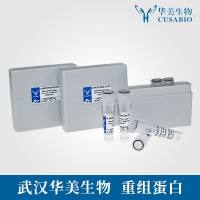
Recombinant-Human-Reactive-oxygen-species-modulator-1ROMO1Reactive oxygen species modulator 1; ROS modulator 1 Alternative name(s): Epididymis tissue protein Li 175 Glyrichin Mitochondrial targeting GxxxG motif protein; MTGM Protein MGR2 h
¥9478
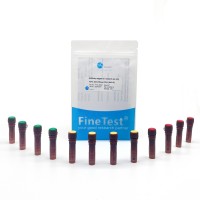
APC Anti-Mouse CD73 (TY/23)
¥1080
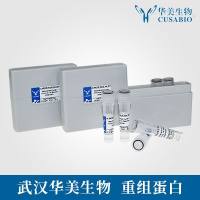
KPNB1/KPNB1蛋白Recombinant Human Importin subunit beta-1 (KPNB1)重组蛋白Importin-90;Karyopherin subunit beta-1;Nuclear factor p97;Pore targeting complex 97 kDa subunit;PTAC97蛋白
¥1536
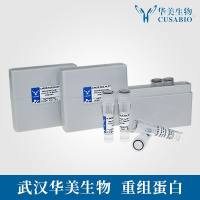
Kpnb1/Kpnb1蛋白Recombinant Mouse Importin subunit beta-1 (Kpnb1)重组蛋白Karyopherin subunit beta-1Nuclear factor p97Pore targeting complex 97KDA subunit ;PTAC97SCG蛋白
¥1836
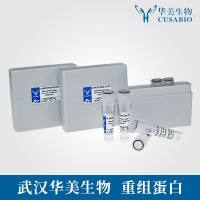
Pex5/Pex5蛋白Recombinant Mouse Peroxisomal targeting signal 1 receptor (Pex5)重组蛋白(PTS1 receptor)(PTS1R)(PTS1-BP)(PXR1P)(Peroxin-5)(Peroxisomal C-terminal targeting signal import receptor)(Peroxisome receptor 1)蛋白
¥1836

